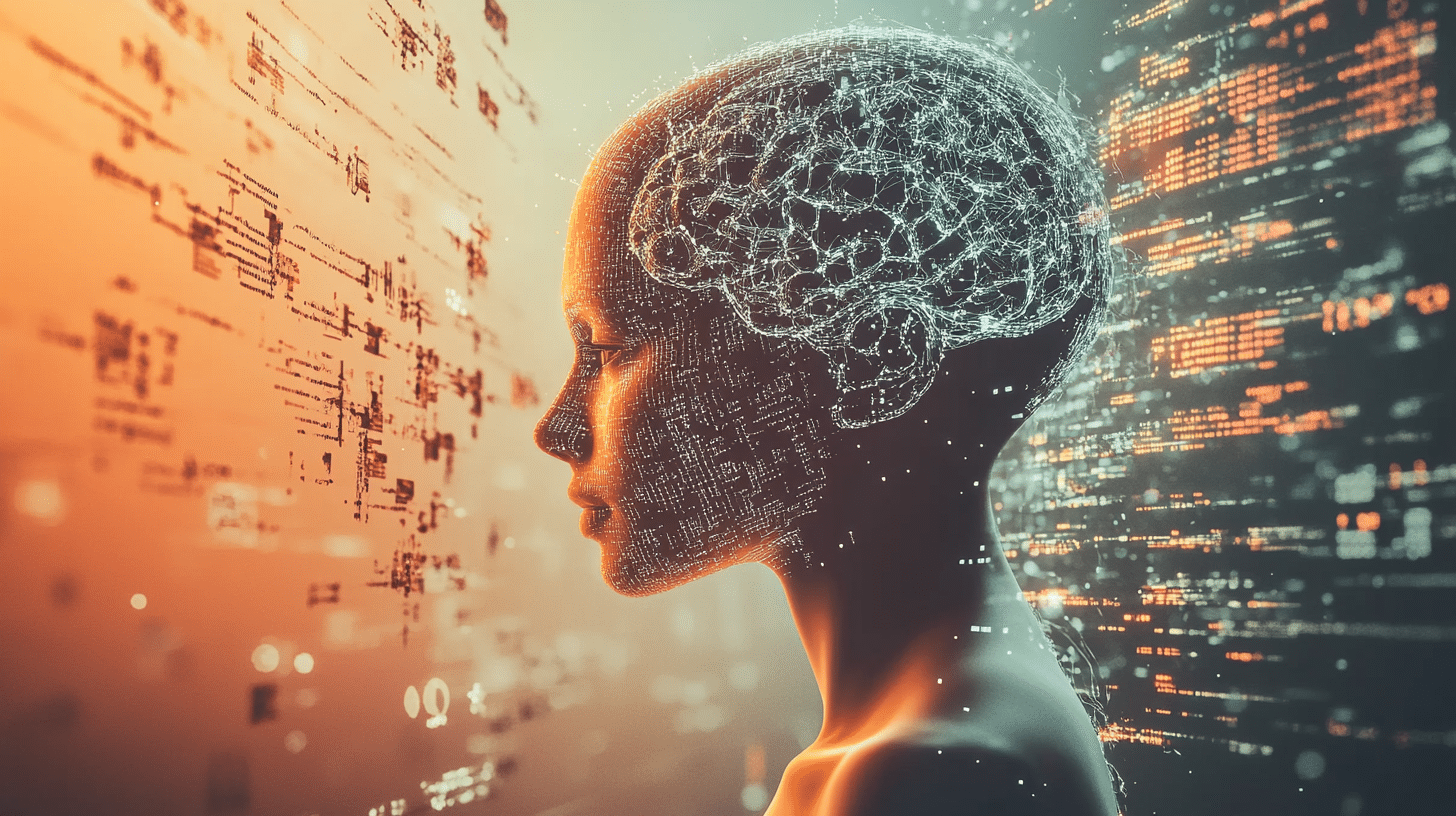Artificial intelligence (AI) is no longer just a pipe dream. It is shaping our everyday lives, revolutionising companies and turning entire industries upside down. But what do the terms LLM, generative AI and reasoning models actually mean? This article explains the most important concepts and adds further key developments in the field of AI.
What are LLMs (Large Language Models)?
LLMs (Large Language Models) are a class of artificial intelligence trained on large amounts of data to understand and generate human language. They are based on neural networks, in particular transformer architectures, which enable them to recognise complex relationships in texts and provide meaningful responses.
Features of LLMs:
✅ Massive amounts of data: LLMs are trained with huge text corpora from the internet, books and scientific articles.
✅ Contextual understanding: Modern LLMs can understand complex queries, retain the context of a conversation and draw logical conclusions.
✅ Fine-tuning: Models can be tailored to specific tasks, e.g. for medical diagnoses or legal texts.
Well-known LLMs:
- GPT-4 (OpenAI) – the basis for ChatGPT
- Claude (Anthropic) – focus on security standards
- Gemini (Google DeepMind) – multimodal understanding
- LLaMA (Meta) – open-source model for companies
- DeepSeek-V3 (China) – highly efficient open-source LLM
🔗 More about LLMs: https://openai.com/research/gpt-4
What is Generative AI (Gen-AI)?
Generative artificial intelligence (Gen-AI) is a subcategory of AI that can re-create content rather than just analysing existing data. These models generate text, images, videos, music and even software code.
How does generative AI work?
- Training phase: A model is fed huge amounts of text, images or other data.
- Pattern recognition: The model learns how language, images or music are structured.
- Generation of new content: Based on prompts, the model can create new, coherent content.
Areas of application:
💡 Text generation: chatbots, content creation, translations (ChatGPT, Claude, Gemini)
🎨 Images & design: AI-supported image generators (DALL·E, Midjourney, Stable Diffusion)
🎵 Music & audio: AI-generated music or voices (Suno, Voicify AI)
🎬 Video creation: AI-animated or realistic video sequences (RunwayML, Sora by OpenAI)
💻 Coding assistance: AI-assisted coding and debugging (GitHub Copilot, DeepSeek-Coder)
Opportunities and risks of Gen-AI
✅ Automation & efficiency: companies save time and money with AI-generated content.
✅ Creative support: Designers, musicians and authors can use AI as a source of inspiration.
⚠️ Fake news & deepfakes: AI can create deceptively realistic misinformation.
⚠️ Copyright issues: Who owns AI-generated content? The legal situation is still unclear.
🔗 More about generative AI: https://deepmind.google/technologies/gemini
What are reasoning models?
A reasoning model is an advanced form of LLM that focuses on logical reasoning, problem-solving and strategic planning. While conventional LLMs usually only recognise patterns and statistically predict texts, a reasoning model goes one step further: it can analyse arguments, draw logical conclusions and solve complex problems.
Features of reasoning models:
🔍 Improved logical thinking skills: Models have a better understanding of cause and effect.
🧠 Better problem solving: Reasoning AI can handle tasks such as mathematical proofs or strategic planning.
💬 More precise answers: Instead of just calculating probabilities, the model thinks in a structured way.
Examples of reasoning AI:
- GPT-4 Turbo Reasoning (OpenAI) – improved problem-solving skills
- Claude 3 (Anthropic) – focus on argumentative thinking
- Google Gemini Pro 1.5 – advanced logical abilities
🔗 More about reasoning AI: https://openai.com/research
Other important AI concepts
Besides LLMs, generative AI and reasoning models, there are other key technologies in the AI world:
Multimodal AI
📸 Processes multiple data formats simultaneously (text, images, videos, audio).
Example: GPT-4o, Gemini 1.5, which can analyse text and images simultaneously.
AGI (Artificial General Intelligence)
🤖 AI with human-like thinking abilities that can solve any problem.
Currently, there is no real AGI, but companies like OpenAI and DeepMind are working on it.
Edge AI & On-Device AI
📱 AI that runs locally on smartphones or devices without a cloud connection.
Example: Apple is working on AI models that run directly on iPhones.
🔗 Find out more about future AI: https://www.deepmind.com/blog
The future of artificial intelligence
AI is developing rapidly and influencing almost every industry. While LLMs are laying the foundation for language AI, generative AI is enabling completely new creative applications. Reasoning models are bringing artificial intelligence closer to human logical thinking.
The coming years will be decisive: Will we see real AGI (artificial general intelligence)? Will AI models become more autonomous and safer?
One thing is certain: artificial intelligence will continue to transform the world. Companies that embrace these technologies early on will have a decisive advantage.


